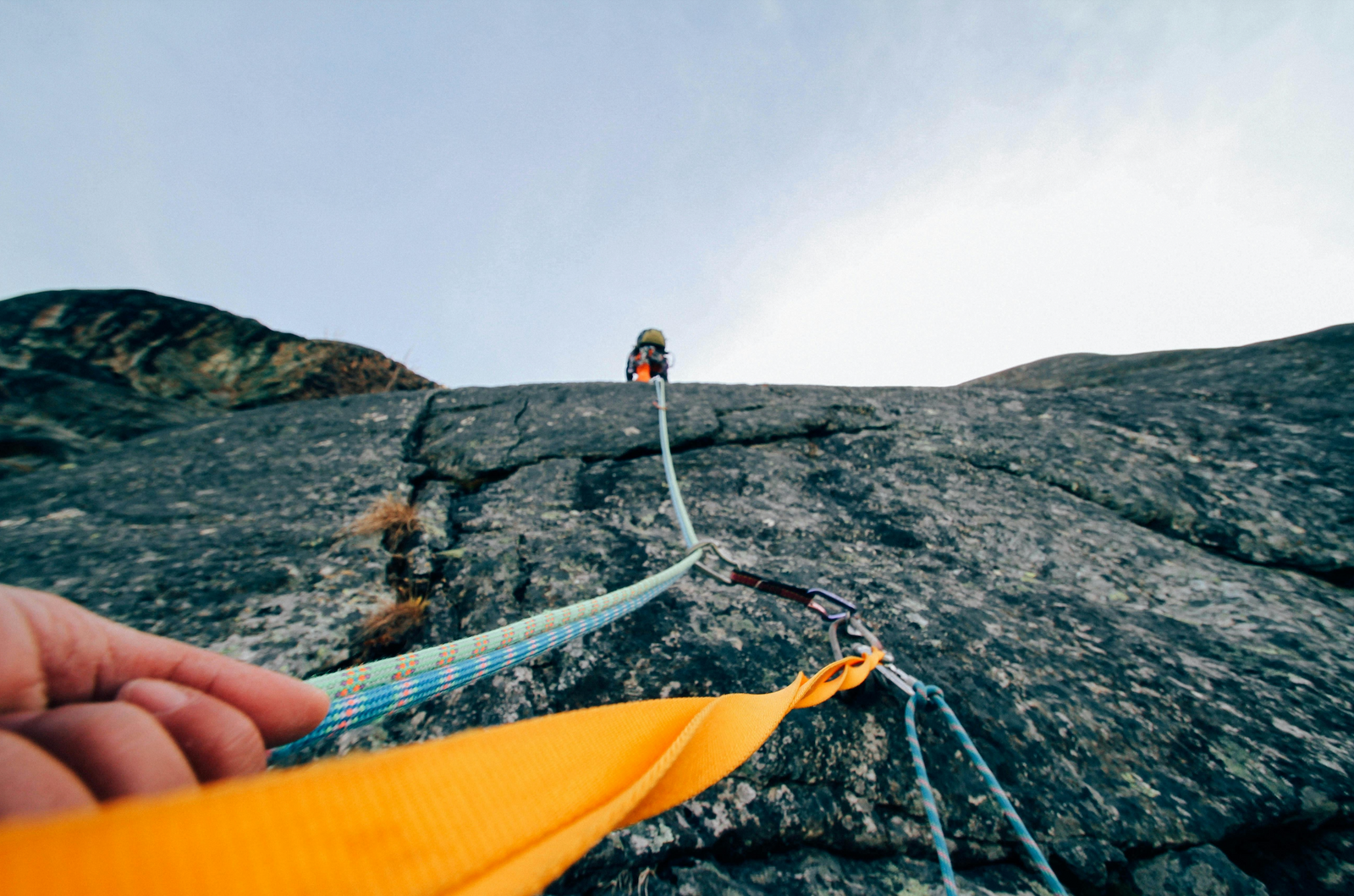Discover The World of Rock Climbing

There’s a moment in rock climbing when everything else fades away. Your hands grip rough stone. Your feet search for the next hold. Your mind narrows to one simple goal: keep moving upward.
Rock climbing is more than a sport — it’s a mental puzzle, a physical test, and a deep connection to the natural world. Whether you're scaling a cliff face outdoors or solving boulder problems at an indoor gym, climbing offers a unique, empowering experience.
What Makes Rock Climbing So Addictive?
It’s a Mental Challenge
Climbing isn’t just about strength — it’s about strategy. Every route is a problem to solve. You need to read the wall, plan your moves, and adapt in real time. It’s like chess with your whole body.
A Full-Body Workout
Climbing develops functional strength — grip, core, legs, shoulders — all while improving balance, coordination, and flexibility. But unlike the gym, the motivation feels natural: you’re moving with purpose.
An Adventure in Every Climb
Outdoor climbing takes you to stunning places — canyon walls, mountain crags, desert spires. Even indoors, the sense of progress and accomplishment after topping out a route is hard to beat.
A Supportive Community
Climbing culture is known for being welcoming. Whether you're asking for beta (tips) or just getting started, climbers tend to cheer each other on, regardless of experience level.
Types of Rock Climbing
Climbing comes in several forms. Here are the most popular styles:
-
Bouldering: Short climbs (usually under 15 feet) without ropes, using padded mats. Focuses on power and technique.
-
Sport Climbing: Ropes and pre-placed bolts protect climbers on longer routes. Requires endurance and problem-solving.
-
Trad (Traditional) Climbing: Climbers place their own protection into cracks as they ascend. It’s more gear-intensive and mentally demanding.
-
Top-Rope Climbing: A rope is anchored at the top of the climb, offering a safe way to learn.
-
Indoor Climbing: Gyms simulate these climbing styles with colored holds, offering a controlled and social environment.
Getting Started: No Experience Needed
You don’t need to be ultra-fit or fearless to start climbing. Here's how to begin:
-
Visit a local climbing gym: Most offer intro classes and rent gear.
-
Hire a guide for outdoor climbing: A great option for learning safety and technique.
-
Climb with friends: Many climbers are happy to mentor newcomers.
-
Start with bouldering or top-rope: These are beginner-friendly and low on gear requirements.
Basic gear includes climbing shoes, a harness, chalk bag, and (if needed) a helmet and belay device.
Safety First, Always
Climbing has inherent risks, but proper training and gear can mitigate them. Learn how to belay, double-check knots and harnesses, and never skip a warm-up. When outdoors, follow Leave No Trace principles and respect access rules.
The Takeaway: A Sport That Grows With You
Climbing teaches you how to fall, how to get back up, and how to face fear with focus. It's not about being the best — it’s about progress, persistence, and perspective.
So whether you're looking for a new fitness challenge, a way to unplug, or simply something that makes you feel alive — rock climbing might just be the thing you’ve been reaching for.

